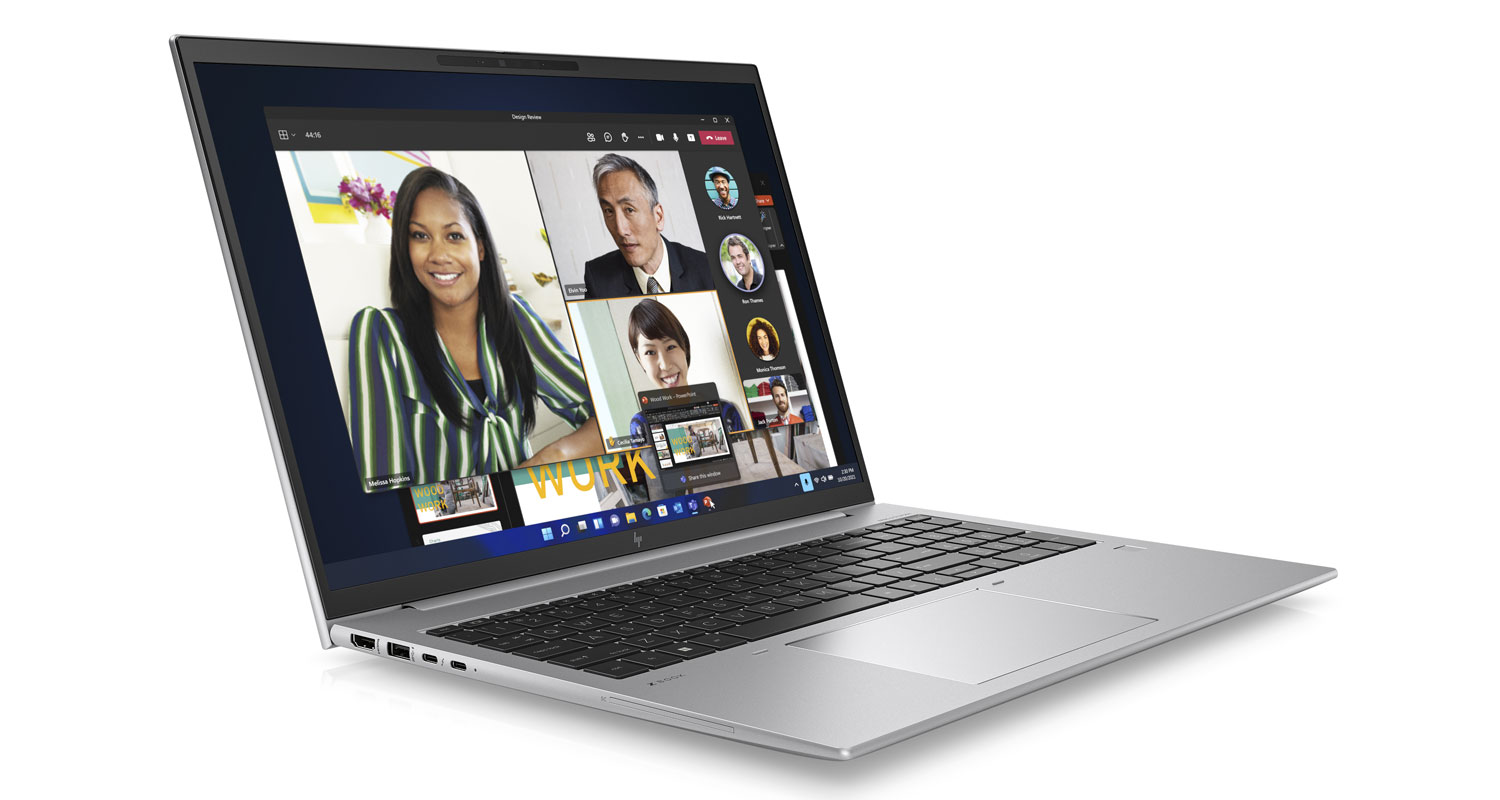 Today, the bulk of the cybersecurity team’s focus and resources are given to the company’s servers and network devices, which makes sense because a breach or other security event in one of these can have the most catastrophic consequences.
Today, the bulk of the cybersecurity team’s focus and resources are given to the company’s servers and network devices, which makes sense because a breach or other security event in one of these can have the most catastrophic consequences.
However, workstations should never be ignored, as they can be used by cunning and sophisticated cyber adversaries to breach the network and, alongside that, get their hands on the company’s most private and proprietary information.
However, most attention given to the security of workstations has centred on a range of malware, including viruses, worms, trojans, adware, spam and spyware, since these types of malware can negatively impact on productivity. Sadly, too few businesses really consider the other threats that their workstations face, and the fallout in the event of a successful security attack.
Cybercrooks have their eyes on many profitable targets like large database servers, but companies often forget that workstations also contain valuable data, including passwords, which are effectively the keys to the kingdom.
Even employees who don’t necessarily have access to the company’s crown jewels of data can still have their machines hijacked by bad actors to commit other acts of malfeasance, such as crypto jacking and eavesdropping, and even using the device as part of a botnet to carry out DDoS attacks.
Other employees, such as those in the finance department or staff employed in human resources and payroll, are a prize in themselves, and have a wealth of lucrative data on their machines that most attackers are dying to get their hands on.
To learn more about HP Z Workstations, visit Datacentrix
This is because these systems often contain a vast amount of highly valuable data, which, if in the wrong hands, could lead to a public disclosure with not only financial consequences but embarrassing reputational ones too. It’s important to remember that even staff in different areas of the business could potentially have all manner of information stored on their workstations, including financial information, strategic and planning data, confidential communications, and payroll and tax data.
Difficult to audit and control
Compounding the problem is the fact that whoever has access to this information is extremely difficult to audit and control compared to information in a central database server. And while encouraging staff to store only the bare minimum that is strictly necessary to do their jobs is a good idea, this isn’t always practical, and can hamper them from doing their jobs properly. Moreover, even if employee workstations don’t contain any really sensitive information, if they are breached, attackers can still access that centralised server and, with it, the data they are after.
When it comes to employees in the IT department, such as network or system administrators, companies need to be even more vigilant. Not only do IT staff often have extremely valuable data on their machines, but they also have admin access, which in the wrong hands would effectively give threat actors access to anything they want within the company’s environment. At the same time, their job functions introduce another level of risk, as they are tasked with testing new third-party software, as well as a slew of applications and other tools. All these apps, tools and software can come hand in hand with major dangers and can give attackers a foothold in the organisation if they are compromised in any way.
All these risks are compounded by the fact that we are living in a different world, thanks to the Covid-19 pandemic that saw entire workforces moving to remote working overnight, and following this, a shift to a hybrid mixture of working from the office and home.
From the moment your HP Z Workstation is switched on, security tools work together in the background to protect your machine
Workstation security took a massive knock, as machines now reside outside the company. Therefore, traditional network-based security on its own is inadequate for today’s security needs. In these challenging times, endpoint devices must become the first line of defence, and hardware-based workstation security is more critical than ever before.
This is why it is key to remember that when it comes to choosing workstations for employees, not all workstations are created equal when it comes to cybersecurity.
Organisations need to remember that cybercriminals are more motivated, sophisticated and well-funded than ever befo, and they have your organisation in their cross hairs. This is why certain HP Z Workstations feature HP Wolf Security, which is always-on and always keeping an eye out, to ensure businesses and their teams stay safe and secure.
Therefore, while the digital landscape keeps evolving, and alongside this, security risks and threats, too, the security solutions engineered into HP workstations are designed to protect organisations from all manner of threats. From the moment your HP Z Workstation is switched on, security tools work together in the background to protect your machine and, with it, your most critical data.
To learn more about HP Z Workstations, visit Datacentrix.
- This promoted content was paid for by the party concerned




